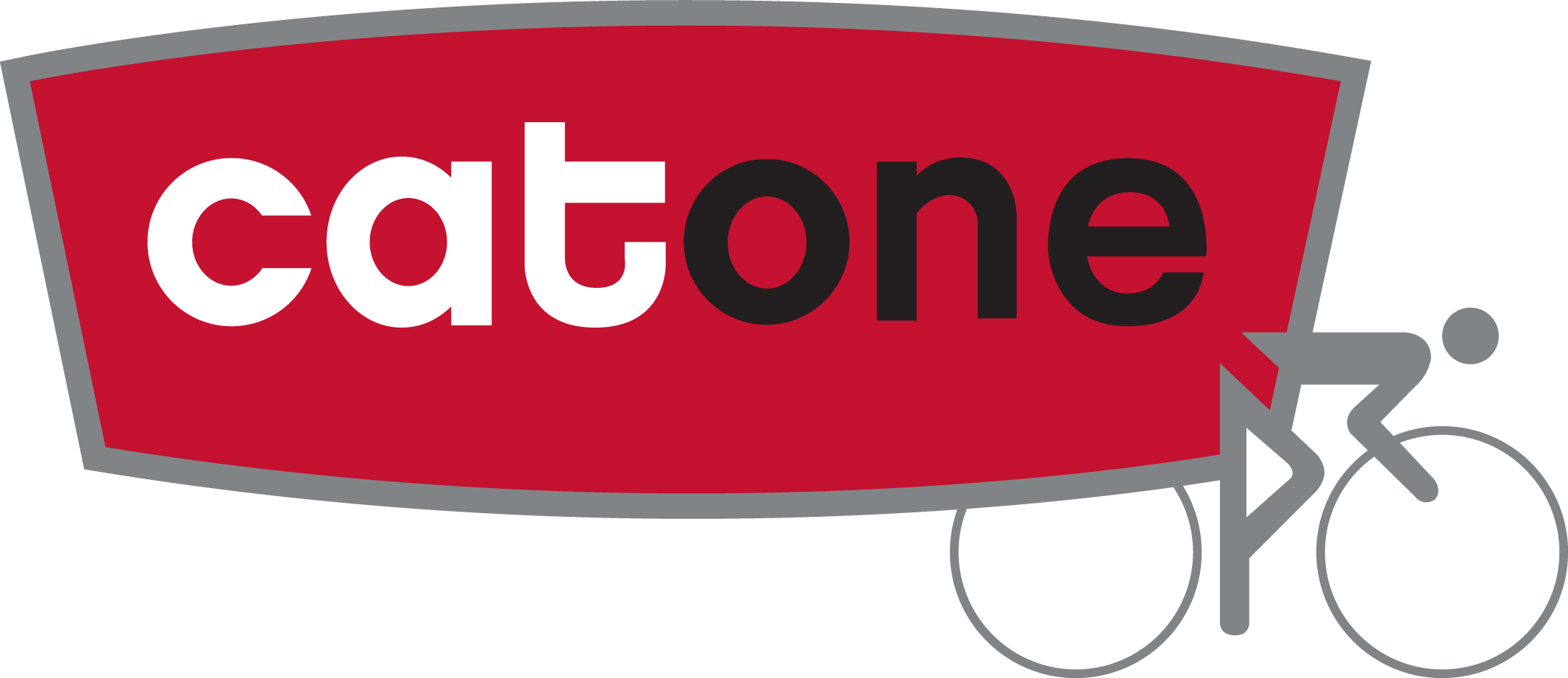Bike Fit Missing Something?
Is your bike fit missing something?
Have you ever felt like something just wasn’t right with your position on the bike? Have you been fitted multiple times but still have a recurring or nagging injury?
While most bike shops and fitters are more than capable of putting you on the right size bike, and possibly even able to accurately dial in your seat height and fore-aft saddle placement, chances are that some aspect of your fit was more than likely overlooked. The most commonly overlooked aspect of bike fit occurs in the frontal plane–or perpendicular to the bike.
The aspect to which I am referring is knee tracking. If you commonly ride with other people or watch cycling on TV, you’ve probably noticed the variances in different rider’s pedal strokes. Some athlete’s knees come out at the top of the pedal stroke, while others dive in toward the bike at either the top or bottom of the pedal stroke. In an ideal world, the second toe, the patella and the head of the femur should all be in the same plane, for the entire pedal stroke. While many ride for years with improper alignment, more than likely, it will eventually catch up with them.
There are a number of ways to correct improper knee tracking. Cleat wedges, shoes inserts and Q-factor adjustment may be required to fine tune your mechanics. If your knees come out at the top of the pedal stroke, chances are that you have insufficient Q-Factor. Q-Factor is defined as the lateral distance between the pedal mounting surfaces of the crank-arms. Insufficient Q-Factor basically means that your feet are too close together. Insufficient Q-Factor may also be the cause of pressure on the lateral edge of the foot or a sensation of pedaling with the side of ones foot. The easiest way to correct this would be to move your cleats in. If your cleats are already moved all the way in or your cleats/pedals have no lateral adjustability, additional spacing can be added between the pedal and crank arm in the form of washers. Two to three millimeters of spacing can safely be added to each side without compromising the amount of pedal threaded into the crank arm. If your bicycle has an ISIS, Octalink or square taper crankset, a longer bottom bracket axle can also be used for the same result.
For knees that come in at the top of the pedal stroke, varus cleat wedging may be required. Cleats wedges, available from www.bikefit.com, come in one degree increments and can be used with most pedal systems. Wedges are stackable and one to three wedges are typically used per side. Use of more than three wedges may make pedal engagement more challenging.
If your knees rotate in toward the down tube on the downstroke, in shoe orthotics or insoles with arch support may be required to limit pronation and/or internal rotation of the tibia. Shoe inserts can be used in combination with cleat wedges if further correction is needed.
If you feel that you may need to try one of these strategies to correct your mechanics on the bike, seek out a certified bike fitter to assist you. Video analysis may utilized to better diagnose the issue.
Article by Adam Baskin, M.A.
Baskin’s holds a degree in Clinical Exercise Physiology and is a Serotta Certified Bike Fit Technician as well as a USA Cycling Elite Coach. He works at the National Training Center in Clermont, Florida, conducting sports science tests including bike fits, LT and VO2 max. Baskin is also a Category 1 rider on the road and track.
Adam Baskin
(352) 241-7144, ext. 4296
National Training Center
1099 Citrus Tower Blvd.
Clermont, FL 34711
adam.baskin@orhs.org
www.usantc.com
Read More »







